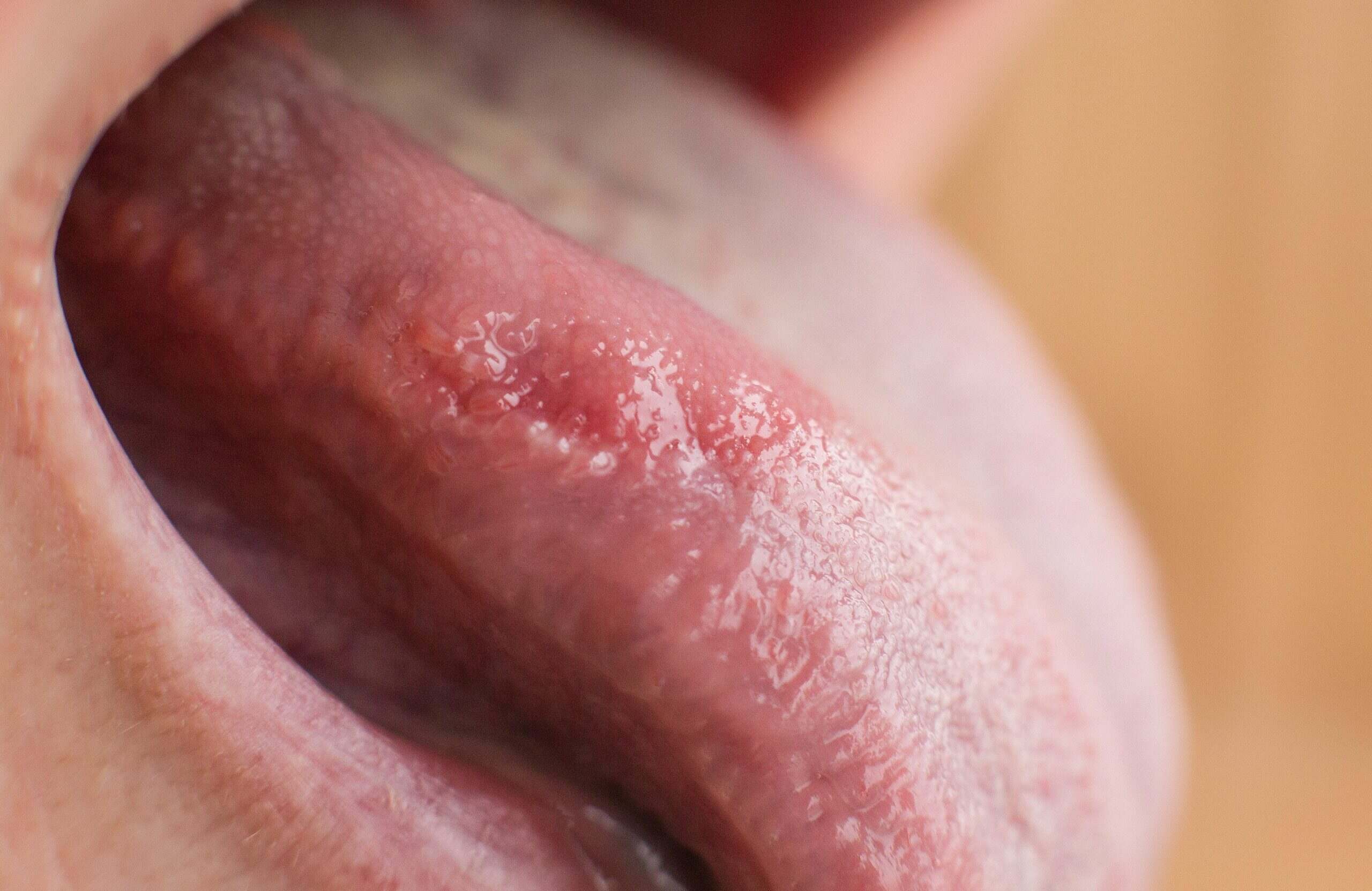
Leukoplakia is a condition where thick, white patches form on the gums, inside the cheeks, bottom of the mouth, or sometimes on the tongue. These patches can't be scraped off and might be a sign of a more serious issue. What causes leukoplakia? The exact cause isn't always clear, but it's often linked to irritants like tobacco use, whether smoked or chewed. Alcohol, rough teeth, or poorly fitting dentures can also contribute. While leukoplakia itself isn't cancerous, some patches can show early signs of cancer. Regular dental check-ups are crucial for early detection and treatment. Understanding the symptoms and risks can help manage and prevent complications.
Key Takeaways:
- Leukoplakia, a condition with white patches in the mouth, can be caused by smoking, rough teeth, or HPV. Early detection and lifestyle changes are crucial for prevention and management.
- Leukoplakia can lead to oral cancer if left untreated. Quitting smoking, regular dental check-ups, and a balanced diet can help in living with and managing the condition.
What is Leukoplakia?
Leukoplakia is a condition where thick, white patches form on the gums, inside of the cheeks, bottom of the mouth, and sometimes the tongue. These patches can't be scraped off easily. Understanding this condition is crucial for maintaining oral health.
- Leukoplakia is often linked to smoking or chewing tobacco.
- It can also be caused by chronic irritation from rough teeth, dentures, or fillings.
- The patches are usually painless but can be sensitive to touch or spicy foods.
- Leukoplakia is more common in older adults.
- Men are more likely to develop leukoplakia than women.
Symptoms and Diagnosis
Identifying the symptoms early can help in managing leukoplakia effectively. Diagnosis usually involves a physical examination and sometimes a biopsy.
- White or grayish patches in the mouth are the primary symptom.
- These patches can be thick and slightly raised.
- Some patches may have a rough, red, or hairy appearance.
- A biopsy involves taking a small sample of tissue for lab analysis.
- Regular dental check-ups can help in early detection.
Risk Factors
Certain habits and conditions can increase the risk of developing leukoplakia. Knowing these can help in taking preventive measures.
- Smoking is the most significant risk factor.
- Chewing tobacco or betel nut also increases the risk.
- Excessive alcohol consumption can contribute to the condition.
- Chronic irritation from dental issues can lead to leukoplakia.
- Human papillomavirus (HPV) infection is another risk factor.
Types of Leukoplakia
There are different types of leukoplakia, each with its characteristics and risks. Understanding these types can help in better management.
- Homogeneous leukoplakia appears as uniformly white patches.
- Non-homogeneous leukoplakia has mixed white and red areas.
- Speckled leukoplakia is a type of non-homogeneous leukoplakia with red spots.
- Verrucous leukoplakia has a wart-like appearance.
- Proliferative verrucous leukoplakia is a rare, aggressive form that can become cancerous.
Treatment Options
Treatment for leukoplakia depends on the severity and type of the patches. Early intervention can prevent complications.
- Quitting smoking and tobacco use is the first step.
- Reducing alcohol intake can help in managing the condition.
- Dental treatments to fix rough teeth or dentures may be necessary.
- Medications like retinoids can be prescribed to reduce patches.
- Surgical removal of patches may be required in severe cases.
Potential Complications
Ignoring leukoplakia can lead to serious health issues. Being aware of potential complications can encourage timely treatment.
- Some leukoplakia patches can become cancerous.
- Oral cancer risk increases with untreated leukoplakia.
- Persistent patches can cause discomfort and pain.
- Difficulty in eating and speaking may arise from severe patches.
- Regular monitoring is essential to prevent complications.
Prevention Tips
Preventing leukoplakia involves lifestyle changes and regular dental care. These tips can help reduce the risk.
- Avoid smoking and chewing tobacco.
- Limit alcohol consumption.
- Maintain good oral hygiene.
- Visit the dentist regularly for check-ups.
- Address dental issues like rough teeth or ill-fitting dentures promptly.
Interesting Facts
Leukoplakia has some lesser-known aspects that are interesting and informative. These facts can provide a deeper understanding of the condition.
- Leukoplakia was first described in 1861 by a Hungarian dermatologist.
- The name "leukoplakia" comes from Greek words meaning "white" and "plaque."
- Not all white patches in the mouth are leukoplakia; some could be fungal infections.
- Leukoplakia is more common in countries with high tobacco use.
- The condition can sometimes resolve on its own if the irritant is removed.
Myths and Misconceptions
There are several myths surrounding leukoplakia. Debunking these can help in better understanding and managing the condition.
- Myth: Leukoplakia always leads to cancer. Fact: Only a small percentage of cases become cancerous.
- Myth: Only smokers get leukoplakia. Fact: Non-smokers can develop it due to other irritants.
- Myth: Leukoplakia is contagious. Fact: It is not an infectious condition.
- Myth: All white patches in the mouth are leukoplakia. Fact: Other conditions can cause similar patches.
- Myth: Leukoplakia can be cured with home remedies. Fact: Professional medical treatment is often necessary.
Living with Leukoplakia
Managing leukoplakia involves lifestyle adjustments and regular medical care. These tips can help in living with the condition.
- Follow a balanced diet to support overall health.
- Avoid spicy and acidic foods that can irritate patches.
- Use a soft-bristled toothbrush to prevent further irritation.
- Stay hydrated to maintain oral moisture.
- Keep stress levels low, as stress can impact overall health and healing.
Final Thoughts on Leukoplakia
Leukoplakia, a condition marked by white patches in the mouth, can be a sign of something more serious. It's often linked to smoking, alcohol use, or irritation from dental work. While many cases are benign, some can turn into cancer. Regular dental check-ups are crucial for early detection. If you notice any unusual changes in your mouth, see a healthcare professional right away. Treatments vary from lifestyle changes to surgery, depending on the severity. Staying informed and proactive can make a big difference in managing this condition. Remember, early intervention is key. Keep an eye on your oral health and don't ignore warning signs. Your mouth's health is just as important as the rest of your body. Stay vigilant and take care of yourself.
Frequently Asked Questions
Was this page helpful?
Our commitment to delivering trustworthy and engaging content is at the heart of what we do. Each fact on our site is contributed by real users like you, bringing a wealth of diverse insights and information. To ensure the highest standards of accuracy and reliability, our dedicated editors meticulously review each submission. This process guarantees that the facts we share are not only fascinating but also credible. Trust in our commitment to quality and authenticity as you explore and learn with us.


